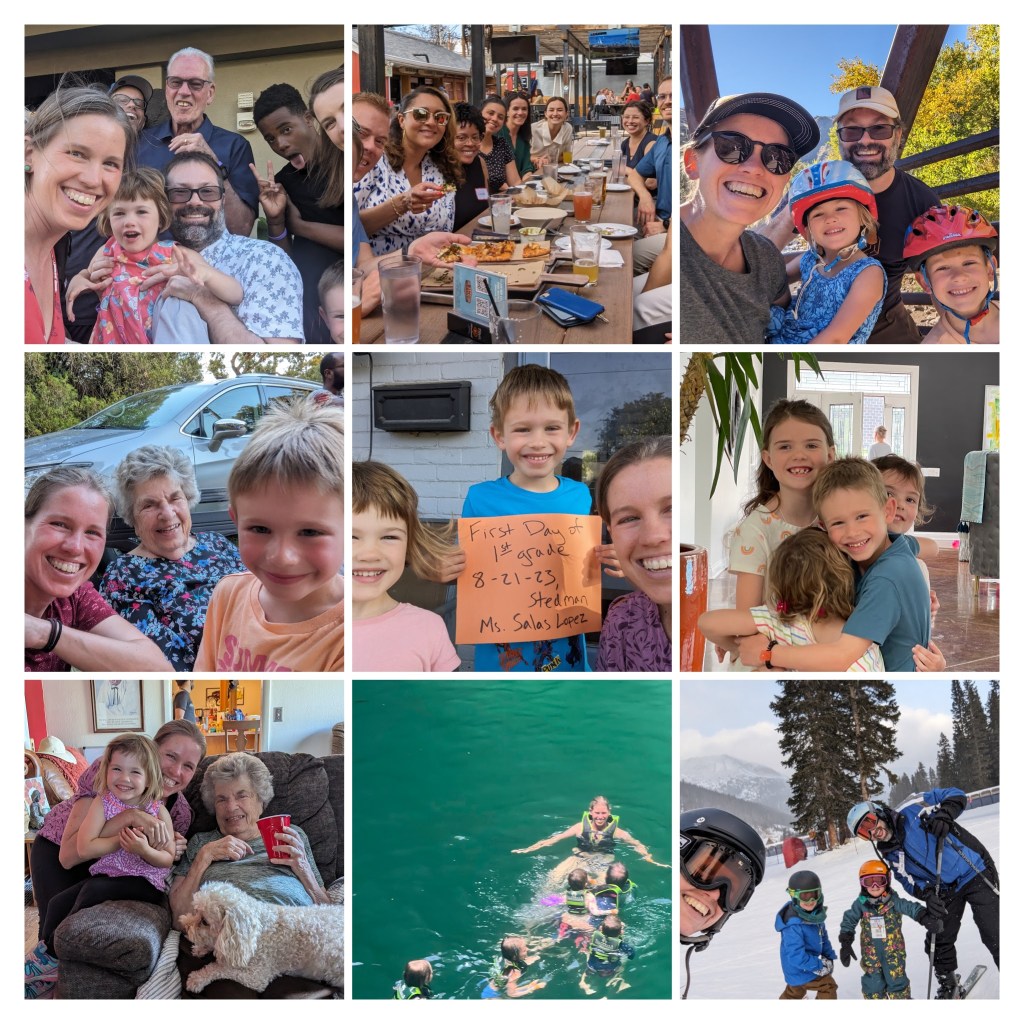
Baby Theo, Feb. 2017

Baby Sasha, June 2019
So, obviously, if you are pregnant, you’re going to deliver– one way or another. And if you are far enough along to be thinking through planning for your birth, congratulations!! I know that the road to this place for many families is long and paved with heartache. Know that I am cheering you on.
This guide is imperfect and, by its nature, anecdotal. It’s based on my experience having two kids at two different hospitals with two different providers. But it’s also informed by my expertise and advocacy in maternal and child health policy.
My first birth (in February 2017) was a spontaneous vaginal delivery in a hospital, performed by a Kaiser physician who I had not met where lots of things went wrong. My blood pressure spiked, but the diagnosis of preeclampsia was missed until I was readmitted with severe symptoms 5 days postpartum. The delivery room was chaotic, communication was abysmal, and in the end, an uncontested episiotomy was performed that led to a 4th degree perineal laceration. My baby boy was born small for gestational age, but healthy and vigorous.
My second birth (in June 2019) was a planned cesarean, due to ongoing pain and functional issues from the 4th degree tear — 4th degree tears rarely fully heal (unlike lesser tears) and can lead to long-term complications. My c-section was performed early, around 38 weeks, because I developed pregnancy-induced hypertension and my physician wanted to do everything possible to avoid risk factors for preeclampsia this time (being readmitted to the hospital and the treatment for preeclampsia are both miserable). My baby girl was also born small for gestational age, but healthy and vigorous.
This guide is designed to be action oriented and covers what I think are the most important pieces of preparing to welcome a baby to your family. There are book recommendations (item #7) that contain tons of great additional information.
Looking through this list, it’s a lot. Pregnant and stressed — no wonder! Check out this mental load! Yes, it’s true that you’ll be busy too when the baby comes, but this stuff is planning, it’s academic, it’s cerebral. And on top of all of this, the majority of pregnant women in the United States are working full-time without fully-paid maternity leave, so you are also planning your maternity leave from work and your family finances. In some ways, taking care of newborn is primal, it’s hard and overwhelming in a completely different way, and a welcome break from this type of thinking.
So, here’s my advice, YMMV. The items below are listed roughly in their order of operation. If you disagree or have other tips, PLEASE leave feedback in the comments.
- Interview providers and find one who you love and trust
- Decide where you will have your baby
- Figure out how you will get help with breastfeeding
- Write a specific birth and postpartum hospital plan, print it out (3 copies each), and put it in your hospital bag, now.
- One last plan — your postpartum support plan
- Things to buy
- Books to read
- Take the mesh underwear and EVERYTHING ELSE not nailed down in your hospital room
- Find a good postpartum recovery program online and do the exercises
- Pull a onesie DOWN in the event of a blowout










